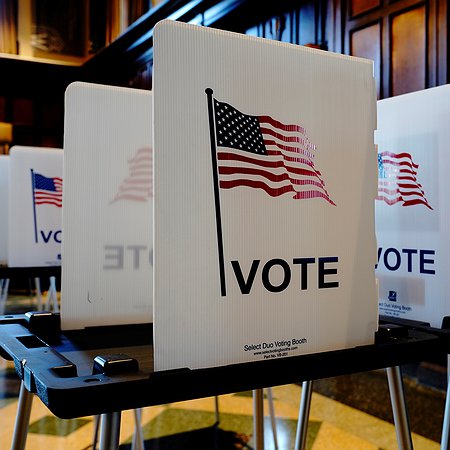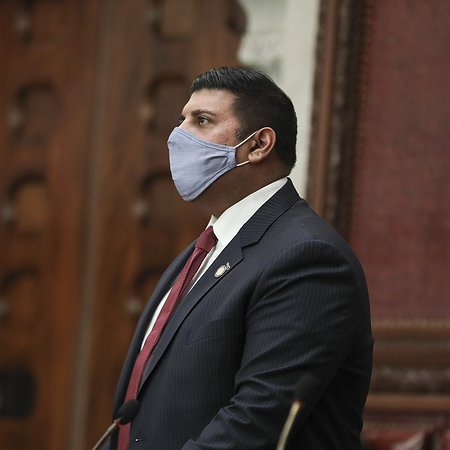New York Post Uses Unverified Police Data to Fearmonger
The New York Post fearmongered about repeat offenses and bail reform while parroting unverified NYPD to support their claims. Actual data shows that bail reform has succeeded in reducing the injustice of pretrial incarceration and upholding public safety.
The Briefing

The New York Post fearmongered about repeat offenses and bail reform while parroting unsubstantiated police data to support their claims. The Post vilified 10 unnamed individuals as “career criminals” and suggested that New York’s bail laws were responsible for increasing rearrest rates. Notably, the article stated that “[t]the Post has not been able to independently verify that NYPD data. Neither City Hall nor the NYPD would provide names of any of the 10 defendants.” There is no information available elsewhere on the police data that the Post used.
This briefing cannot debunk unverified data and so will not discuss the specific numbers cited by Post. However, other data—which is verified and publicly available—clearly shows that bail reform has not increased rearrest or failure-to-appear (FTA) rates.
Recently released bail data from the Office of Court Administration shows that there has been a clear decline in the percentage of rearrests of people who were released on bail or on their own recognizance. According to an initial analysis from the Vera Institute of Justice, rearrest rates in NYC decreased by 21.1 percent in 2021 as compared to 2020 when bail reforms first took effect.
The data also shows that the rearrest rates for violent felonies across the state are low and in decline. In 2021, only 2.4% of all defendants were rearrested later on a violent felony — meaning 97.6% were not. Likewise, a higher percentage of people returned to court following bail reform.
On the other hand, we know that more than half of all arrests made by the NYPD are tossed out by judges and prosecutors. In 2021, 66.1% of all arrests in New York City were declined for prosecution or eventually dismissed because they could not withstand basic court scrutiny. This is clear evidence of a police epidemic of wrongful arrests, casting doubt on the reliability of NYPD data overall. This was true before and after bail reform, but now, bail reform guarantees that many New Yorkers were protected from wrongful incarceration in these cases.
Even if repeat offenses were on the rise, recidivism is actually evidence of a failure of incarceration — not an argument for greater arrests and punishment. Pretrial incarceration can exacerbate drivers of crime. By destabilizing and disrupting people’s lives pretrial incarceration increases the likelihood of future arrests and undermines the health and safety of individuals, families, and their communities. If jail was an effective public safety measure, people would not continue to commit crimes after release.
The safest communities are the ones with the most resources, not the highest jail populations. Data show that community-based, public health-centered violence intervention programs do a better job of preventing and decreasing gun crime than policing and prosecution. If we want to address crime, we must look to proven methods of preventing it, rather than continuing to invest in a failed status quo.








